Modern Operating System
No one can do all things, learn to be good at use what others already did.
- Most computers have two modes of operation: kernel mode and user mode. The OS is the most fundamental piece of software and runs in kermel mode(also called usperivosr mode). In this mode, OS has complete access to all the hardware and can execute any instruction th machine is capable of exectuing.
- The rest of the software runs in user mode, in which only a subset of machine instructions are available. In particular, those instructions that affect control of machine or do I/O are forbidden to user-mode program.
- The user interface program, shell or GUI(Launcher or home screen or destop), is the lowest level of user-mode program, and is used to allow uer to start other programs which make heavy use of the OS.
- OS perform two basically unrelated functions:providing application programmer a clean abstract set of resources instead of the messy hardware ones and managing and managing these hardware resource.
- Every hardware device has its controler chip, which has some command registers and data registers and status registers. What we shall do is to use machine instructions to operate these device registers with defined-well address(MMP) for reading and writing.
- Abstraction is the key to managing complexity and one of the keys to understanding OS.
- The job of the OS is to create/define good abstractions and then implement and manage the abstract objects thus created.
- One of the major tasks of the OS is to hide the hardware and present programs with nice,clean, elegant, consistent, abstractions wo work with instead.
- Top-down view, Bottom-Up view.
- The CPU and memory are not the only resource that the OS must manage. I/O devices also interact heavily with the OS.
- I/O devices generally consist of two parts: a controller and the device itself. The controller is a chip or a set of chips that physically controls the device.It accepts commands from the the OS, intialize the control regitser to set working way and read data from data register or write data to data registers.
- The softeware that talks to a controller, giving it commands and accepting responses, is called a device driver.
- Every device controller has a small number of registers that are used to communicate with it.
- The collection of all the device registers forms the I/O port space, mapping to the specific memory via MMU
- The device registers are mapped into the OS's address space, so they can be read and written like ordinary memory words, another way to interact with device registers is using special CPU instructions for I/O operation with defined port address.
- OS normally use interrupt mechanism to interact with device driver via special interrupter controller connected to CPU.
- The CPU talks to the PCI bridge chip over the local bus, and the PCI bridge chip talks to the memor over a dedicated memory bus.
- Before plug and play, each I/O card had a fixed interrupt request level and fixed address for its I/O registers.
- What plug and play does is have the system automatcially collect information about the I/O devices, centrally assign interrupt levels and I/O address, and then tell each card what its numbers are.
- Window CE Driver Model:
- Device Name: XXX_Init(), XXX_DeInit(), XXX_PowerDown(), XXX_PowerUp(),XXX_IOControl, XXX_Open(),XXX_Close(),XXX_Seek(),XXX_Read(), XXX_Write()
- Use a class to define the detailed implementation
- Create a class object (pointer) which is returned as Handle
- Convert Handle into pointer to object, then call method of class
- Create thread and event to handle interrupt, in thread there is a for(;;) loop with WaitForSingleObject() to wait for interrupt event, after done call InterruptDone()
- Register Interrupt handler which just signal a event.
- Initialization method within class to access device's control registers, do some configuration, including interrupt handler
- In thread, when interrupt event is coming, it will read data from or write data into device's data registers.
- Write Driver Information to registry and project.blb
- Process And Thread
- The most central concept in any OS is the process: an abstraction of a running program.
- There are four principal events that cause processes to be created.
- When an OS is booted, typically serveral processes are created.Some of these are foreground processes, interacting with users and perform work for them. Others are background processes with some specific function(such as Web Server).
- The fork system call creats an exact clone of the calling process.After the fork, the two processes, the parent and child, have the same memory image, the same environment strings, and the same open files.
- Some of the process run programs that carry out commands typed in by a user; other processes are part of the system and handle tasks such as carrying out requests for file services or managing the details of running a disk or a tape drive.
- When a disk interrupt occurs, the system makes a decision to stop running the current process and run the disk process which was blocked waiting for that interrupt.
- Instead of thinking about interrupts, we can think about user processes, disk processes, termianl processes, and so on, which block when they are waiting for something to happen.
- Here the lowest level of the operating system is the scheduler, with a variety of processes on top of it.All the interrupt handling and details of actually starting and stopping processes are hidden away in what here called the scheduler, which is actually not much code.
- The rest of the OS is nicely structured in process form.
- To implement the process model, the OS maintains a table(an array of structures or a list of structures),called the process table, with one entry per process. Or it can be called process control block.
- Process Table includes: process state, PC, SP, Memory allocation, the status of its open files, its accounting and scheduling information, and everything else about the process that must be saved when the process is switched from running to ready or blocked state so that it can ben restarted later as if it had never been stopped.
- Associated with each I/O class is a location (typically at a fixed location near the bottom of memory) called the interrupt vector. It contains the address of the interrupt service procedure.
- When interrupt come in, the interrupt service handler will run, and at the same time, before running the interrupt hardware will push current process's information into stack.
- Skeleton designed when an interrupt occurs:
- Hardware stacks program counter(PC), etc;
- Hardware loads new program ounter(PC) from interrupt vector;
- Assembly language procedure saves registers;
- Assembly language procedure sets up new stack;
- C interrupt service runs(typically reads and buffers input);
- Scheduler decides which process is to run next;
- C procedure retursn to the assemly code;
- Assemly language procedure starts up new current process
- ddd
- dd

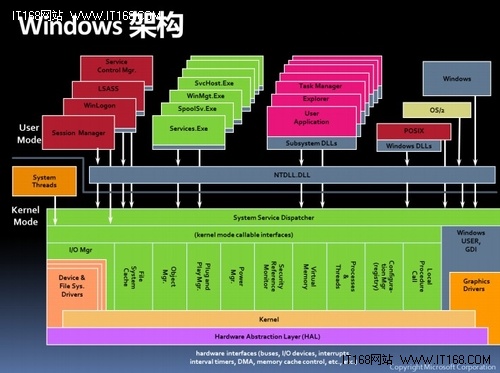
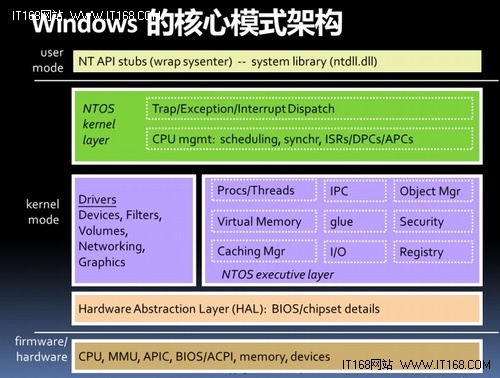

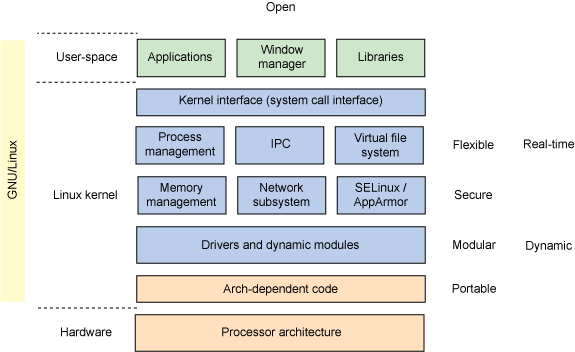
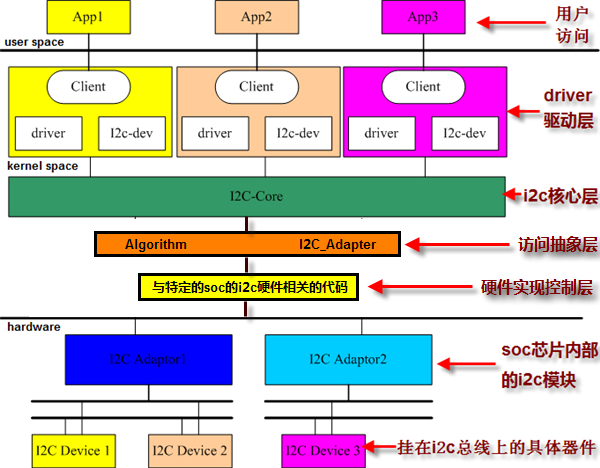
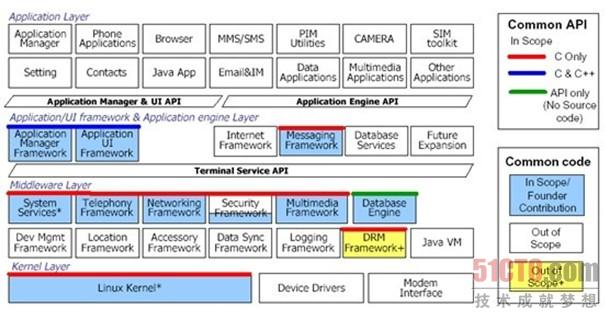
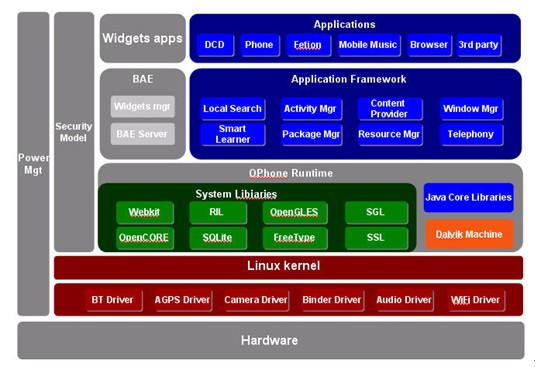
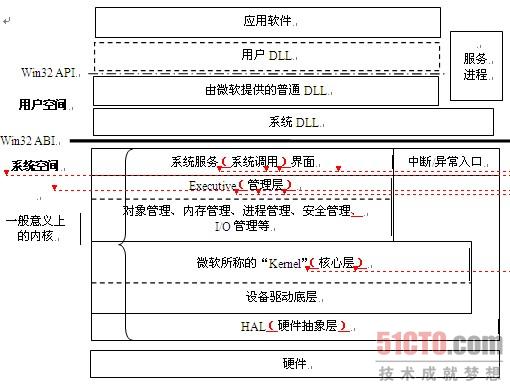
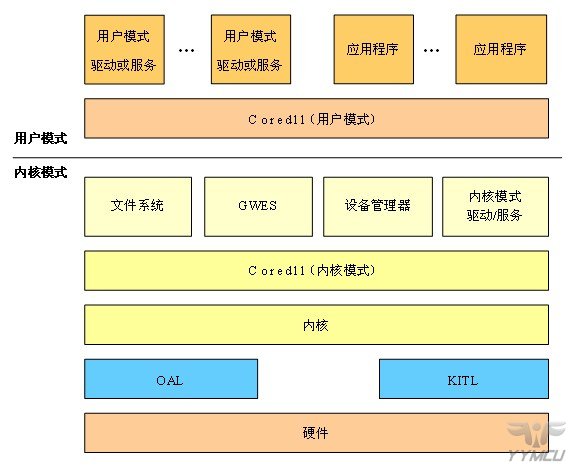
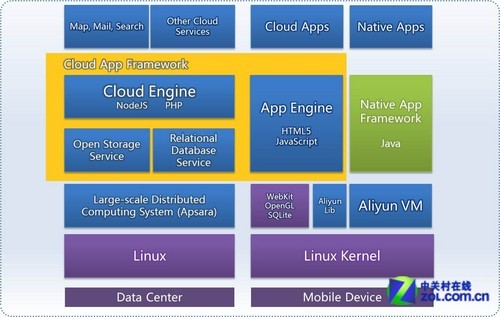


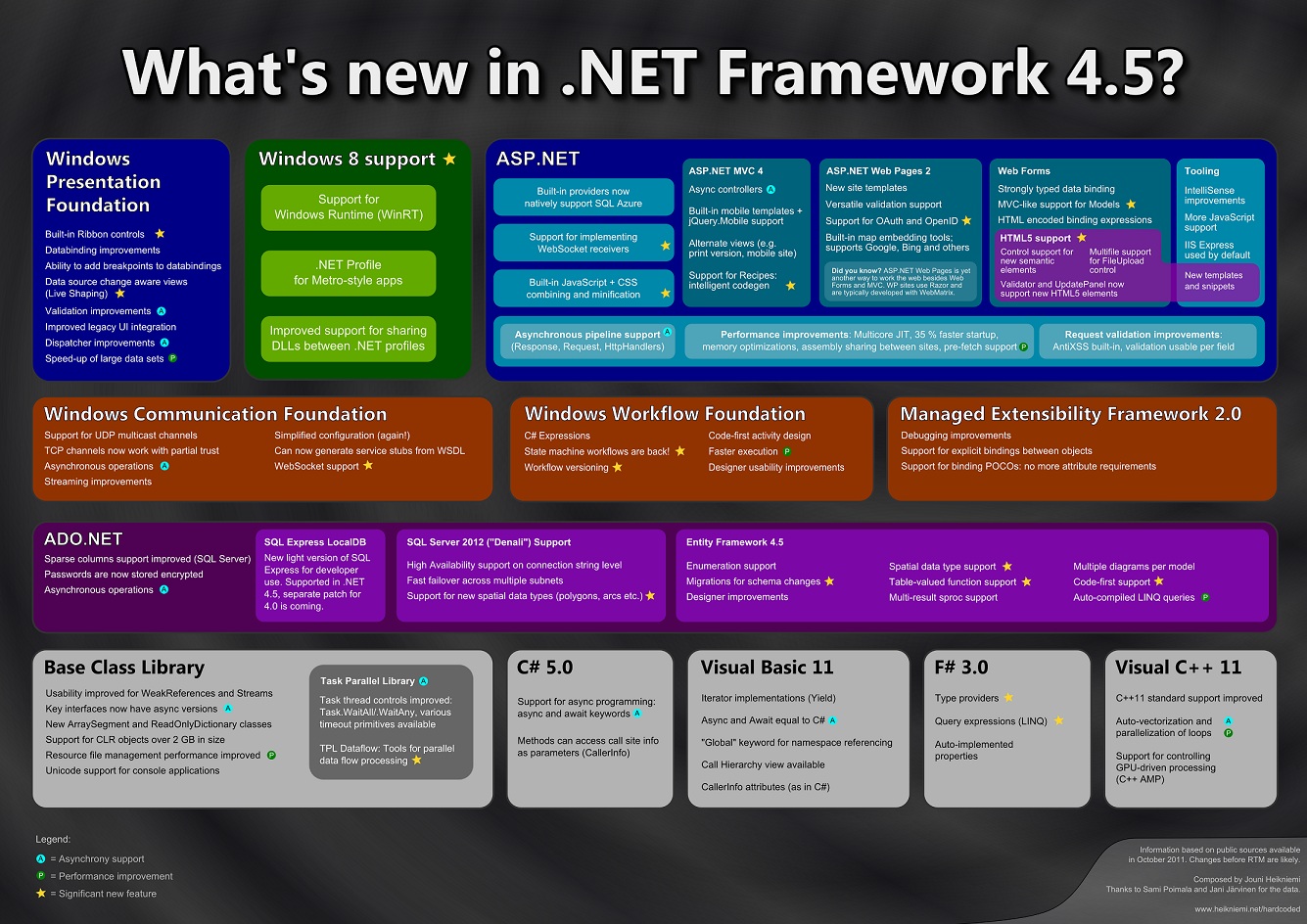
Modern Operating System的更多相关文章
- 《modern operating system》 chapter 5 Input and output 注意事项
Input / Output It should also provide an interface between the devices and the rest of the system th ...
- 《modern operating system》 chapter 6 DEADLOCKS 笔记
DEADLOCKS Both processes are blocked and will remain so forever. This situation is called a deadlock ...
- Portable Operating System Interface for uni-X
https://kb.iu.edu/d/agjv Short for "Portable Operating System Interface for uni-X", POSIX ...
- General-Purpose Operating System Protection Profile
1 Protection Profile Introduction This document defines the security functionality expected to be ...
- book-rev8 Chapter 0 Operating system interfaces
Chapter 0 第0章 Operating system interfaces 操作系统接口 The job of an operating system is to share a comput ...
- DBCC CHECKDB 遭遇Operating system error 112(failed to retrieve text for this error. Reason: 15105) encountered
我们一个SQL Server服务器在执行YourSQLDBa的作业YourSQLDba_FullBackups_And_Maintenance时遇到了错误: Exec YourSQLDba.Maint ...
- The World's Only Advanced Operating System
The World's Only Advanced Operating System
- Unable to open the physical file xxxx. Operating system error 2
在新UAT服务器上,需要将tempdb放置在SSD(固态硬盘)上.由于SSD(固态硬盘)特性,所以tempdb的文件只能放置在D盘下面,而不能是D盘下的某一个目录下面. ALTER DATABASE ...
- CREATE FILE encountered operating system error 5(Access is denied.)
这篇博文主要演示"CREATE FILE encountered operating system error 5(Access is denied.)"错误如出现的原因(当然只是 ...
随机推荐
- day5:python学习之集合
0. 集合的作用及特点 集合具有去重和关系测试两大作用,它具有无序的特点. list1 = [1,2,3,4,5,7,6,8,6,4] list1 = set(list1) print(list1) ...
- 网络基础 02_TCP/IP模型
1 TCP/IP参考模型概述 2 应用层 3 传输层 3.1 传输控制协议(TCP) 面向连接 可靠传输 流控及窗口机制 使用TCP的应用: Web浏览器:电子邮件: 文件传输程序 3.2 用户数 ...
- (转)分布式中使用Redis实现Session共享(二)
上一篇介绍了一些redis的安装及使用步骤,本篇开始将介绍redis的实际应用场景,先从最常见的session开始,刚好也重新学习一遍session的实现原理.在阅读之前假设你已经会使用nginx+i ...
- SVN linux 服务器端配置
一. SVN 简单介绍 Subversion(SVN) 是一个开源的版本号控制系統, 也就是说 Subversion 管理着随时间改变的数据. 这些数据放置在一个中央资料档案库 (repository ...
- javascript的JSON对象
JSON包含用于解析JSON(javascript object notation)的方法,将值转换成JSON.JSON不可以被调用或者用作构造函数. JSON对象保存在大括号内,JSON数组保存在中 ...
- JavaScript数据结构-1.数组
<!DOCTYPE html> <html lang="en"> <head> <meta charset="UTF-8&quo ...
- Hardware Emulation Platform (硬件仿真平台) 在IC验证中的运用情况如何?
三个EDA公司都有自己的hardware emulation verification platform: Cadence Palladium, Synopsys ZeBu, Mentor Veloc ...
- Softwaretechnik
1.Einführung 1.1 Was ist Softwareentwicklung Softwareentwicklung ist eine Wissenschaftliches Fach üb ...
- 01.CLR的执行模型
在非托管的C/C++中,可以进行一些底层的操作 "公共语言运行时"(CLR)是一个可由多种编程语言使用的"运行时" CLR的核心功能包 ...
- 面向对象(基础oop)之继承总结
大家好,我叫李京阳,,很高兴认识大家,之所以我想开一个自己的博客,就是来把自己所了解的知识点通过自己的话写一下,希望被博客园的朋友们点评和一起讨论一下,也希望从博客园中多认识一些软件开发人员!现在我开 ...
